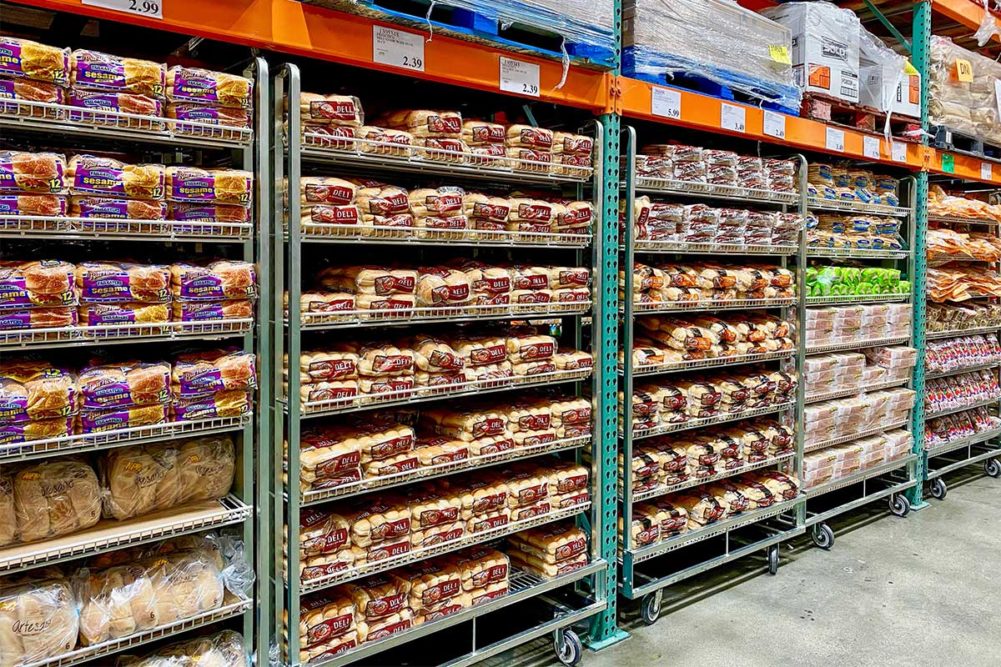WASHINGTON — In the latest Grain Foods Foundation (GFF) investor call, Erin Ball, executive director, GFF, and Lisa Cavanaugh, director of survey research, Numerator, presented the foundation’s inaugural consumer insights research, From Oven to Shelf: Unwrapping Packaged Bread Insights, conducted by Numerator.
The study is part of GFF’s research pillar of its strategic plan. Ball noted that while nutrition science research has been a part of GFF’s mission for the past decade, the foundation decided to pursue consumer insights research this year to bring value to investor companies and better understand GFF’s ultimate audience : consumers by way of health influencers.
“We see the research pillar as being a cycle where consumer insights are feeding the nutrition science work, and the nutrition science work is answering the questions that come up in the consumer insights,” Ball said.
The study’s findings were based on both quantitative shopper information gained from uploads of physical and e-receipts as well as linking to respondents’ loyalty or online shopping accounts. Qualitative interviews also revealed the motivations behind and the context for the quantitative data. Packaged bread for the study included artisan bread, bagels, breadsticks, breakfast loaves, brioche bread, buns, ciabatta, English muffins, flatbread and wraps, focaccia, French bread, grain bread, Italian bread, pita bread, rolls, rye bread, sandwich bread, sweet bread, wheat bread and white bread. Fresh bread from the in-store bakery was excluded.
The good news from the study’s findings was that in 2023, bread maintained its position as a household staple, with 99.1% household penetration, 98.5% repeat purchases, and purchase frequency and cycle in days both remained steady from 2019 to 2023. In light of inflation, price also was not the top barrier to purchase, falling to the No. 3 spot behind shelf life and a difficulty finishing the bread. On average, Numerator reported , only 62% of bread is fully consumed, and about a third of respondents said they would purchase more packaged bread if it had a longer shelf life.
While lower everyday prices and coupons/promotions were the top two ways to encourage consumers to buy more bread, longer shelf life and healthier/better-for-you options came next with about a third of consumers interested in these attributes.
While bread’s position as a staple is steady now, Numerator’s research did find that younger generations and immigration’s impact on the US population demographics will have an impact on how consumers purchase bread in the future.
“Boomers see bread as a staple but our younger and multicultural consumers don’t look at bread that way,” Cavanaugh said. “They do look at bread as being affordable and more efficient.”
And even though a smaller portion of consumers see bread as fun, special, indulgent and innovative, these are the areas where younger consumers really outpace older consumers.
“Younger generations over-index on those more innovative breads like artisan, brioche, focaccia and ciabatta, so if you think about how that overlays with their perception of bread, you can definitely see a connection,” Cavanaugh explained. “Whether it’s the bread that changes the perception or consumers looking for different breads, it could be a combination, but this better-for-you, healthier, innovative space really pops here.”
The study also detailed how attitudes around health and ingredients are shifting and early research on the possible impact of GLP-1 being used for weight loss. For example, while high fructose corn syrup and artificial sweeteners and preservatives remain a top priority for total consumers to avoid, Gen Z and millennial consumers are more likely to be on the lookout for milk and eggs rather than HFCS or even GMOs.
“Bread consumers are changing, they are evolving and it’s important for the industry to evolve with the shifting needs,” Cavanaugh said. “Price isn’t the top barrier, and there are opportunities to increase consumption and better-for-you messaging. We saw that niche breads have the most momentum … and we’re seeing that ingredients and dietary needs are becoming re-defined, so we need to connect with consumers on what ingredients they are looking for, not looking for and what are their dietary needs.”
The full study is available for GFF investor companies.






